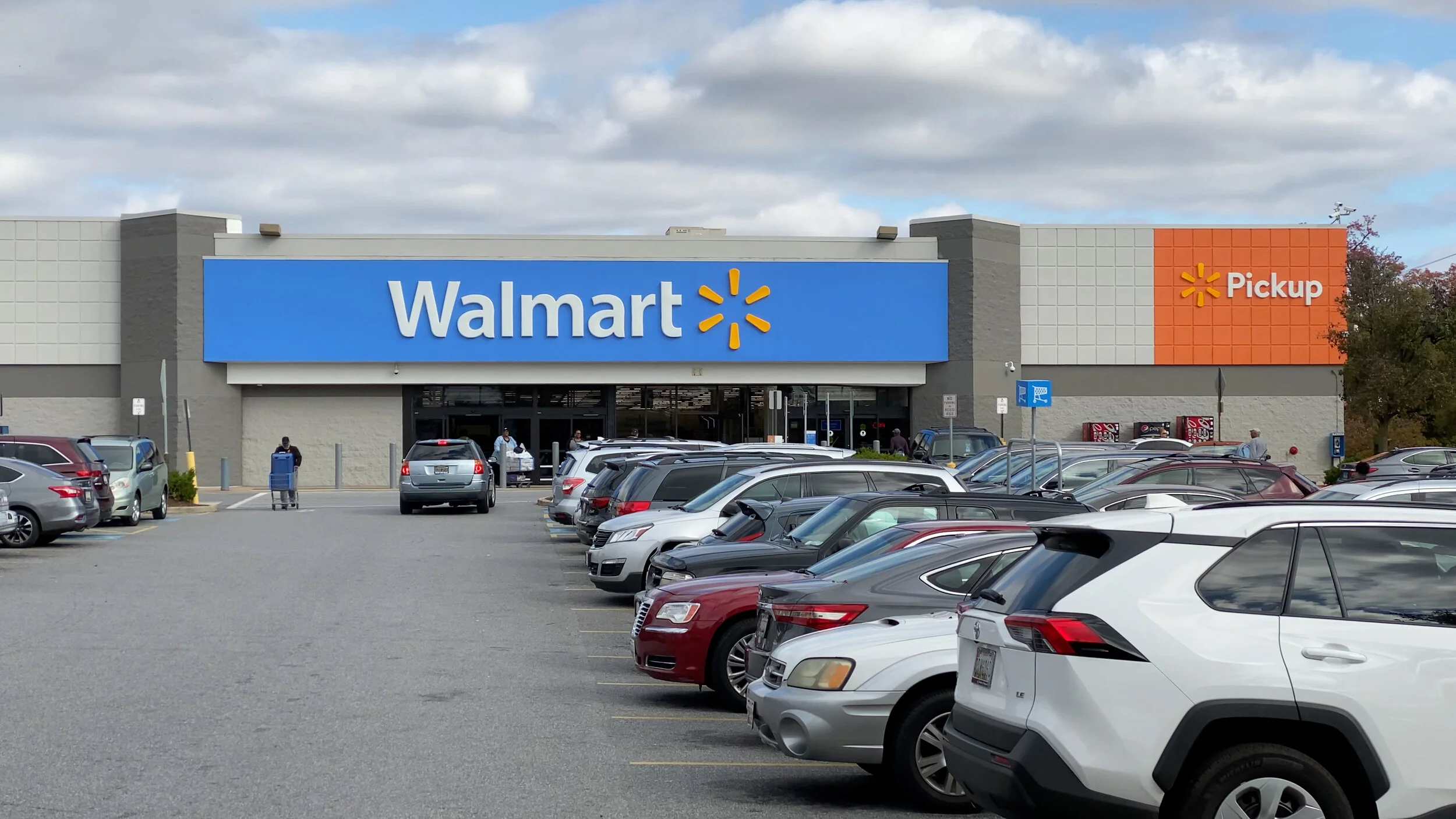EIA investigated dozens of supermarkets in the District of Columbia, Virginia, and Maryland using portable refrigerant leak detectors and found most stores to be leaking super-pollutant refrigerants.
The investigation focused on Walmart and other top-grossing supermarkets in the region, documenting leaking systems and capturing invisible climate pollutants on video. Sixty percent of the Walmart stores investigated by EIA had a refrigerant leak. Fifty-five percent of the stores we visited were measurably leaking super pollutants. The invisible nature of the gases has allowed companies to overlook refrigerant emissions and calls to action; but with the right equipment, these gases are neither invisible nor immeasurable.

Refrigerant leaks were detected in 60% of the Walmart stores investigated, meaning over half of all stores were leaking.

While Walmart corporate sustainability reports claim that responsibly managing its refrigerant use is a high priority, our on-the-ground detection raises serious concerns about potential widespread leakage at Walmart stores.

Leaks persisted months later in the few stores revisited – an indication that routine leak inspection or repair did not occur, or was not effective in detecting the leaks.

Across all other companies visited, 55% of the stores we visited were measurably leaking, consistent with concerns that refrigerant leaks are an industry-wide problem.

Both company policies and government regulations need improvement to ensure all leaks, even those detectable only at small concentrations, are promptly identified and repaired in every store.

EIA findings scratch the surface of the systemic leakage issue, as a majority of refrigerant leaks occur away from the display cases in areas inaccessible to everyday customers and our investigators. The problem is likely much worse.
















 Figure 2: Overview of leak concentrations detected.
Figure 2: Overview of leak concentrations detected.



